6 Days Marangu Route Kilimanjaro Trek
A classic, comfortable route to the Roof of Africa
6-Day Marangu Route Trek Overview
Looking for a less rugged but equally breathtaking Kilimanjaro trekking experience? The Marangu Route—often referred to as the “Coca-Cola Route”—is the only trail that offers hut accommodation, making it a popular choice for climbers seeking more comfort along the way. It’s the oldest and most established path to the summit of Mount Kilimanjaro, featuring a gradual slope, rich history, and striking landscapes that change with every altitude gain.
Whether you’re a beginner or looking for a moderate Kilimanjaro trek without camping, this 6-Day Marangu Route Trek is a fantastic introduction to high-altitude trekking.
- Hut Accommodations: Sleep in shared mountain huts instead of tents, with basic beds and communal dining halls—perfect for those who prefer shelter over camping.
- Gentle Ascent: The Marangu Route follows a gradual and direct path to the summit, making it ideal for climbers who want a manageable yet rewarding challenge.
- Rich Ecosystems: Pass through five different ecological zones—from dense rainforest to alpine desert and finally to the icy summit zone.
- Cultural Significance: As the oldest Kilimanjaro route, Marangu holds historical importance and has long been favored by early explorers and adventurers.
- Efficient Itinerary: With a well-paced 6-day plan that includes an extra acclimatization day at Horombo Hut, your chances of summit success improve significantly.
Day 1: Marangu Gate to Mandara Hut
-Elevation (ft): 6,046 ft to 8,858 ft meters (1800m to 2720m)
-Distance: 8 km/5 miles
-Hiking Time: 4-5 hours
-Habitat: Rain Forest
We depart Moshi for Marangu Gate for the necessary formalities before beginning our trek. The hiking trail begins by ascending a beautiful, tropical rain forest. At the upper edge of the forest line, we have the opportunity to see blue monkeys. The trail then widens to expose beautiful hillsides until we reach Mandara Hut.
Day 2: Mandara Hut to Horombo Hut
-Elevation (ft): 8,858 ft to 12,205 ft meters (2720m to 3720m)
-Distance: 12 km/7 miles
-Hiking Time: 6-8 hours
-Habitat: Heath
We start the day continuing through the forest until the trail opens into high moorland. We may get our first views of Kibo and Mawenzi peaks – two of the three volcanic peaks that make up the summit of Kilimanjaro.
Day 3: Horombo Hut to Mawenzi Ridge
-Elevation (ft): 12,205 ft to 14,400 ft meters (3720m to 4400m)
-Distance: 5 km/3 miles
-Hiking Time: 2-3 hours
-Habitat: Heath
Mawenzi Ridge to Horombo Hut
-Elevation (ft): 14,400 ft to 12,205 meters (4400m to 3720m)
-Distance: 5 km/3 miles
-Hiking Time: 1-2 hours
-Habitat: Heath
This is an extra day meant for acclimatization and can be spent day hiking on Mawenzi Ridge. The unique landscape offers motivating views of Kibo and Mawenzi. After spending a few moments exploring the area we head back to Horombo Hut.
Day 4: Horombo Hut to Kibo Hut
-Elevation (ft): 12,205 ft to 15,430 ft meters (3720m to 4720m)
-Distance: 10 km/6 miles
-Hiking Time: 6-8 hours
-Habitat: Alpine Desert
We climb gradually, then cross the lunar desert of the “Saddle” between Mawenzi and Kibo. Our camp, Kibo Hut, sits at the bottom of the Kibo crater wall. Once here we rest, enjoy an early dinner to prepare for the summit day.
Day 5: Kibo Hut to Uhuru Peak
-Elevation (ft): 15,430 ft to 19,341 ft meters(4720m to 5895)
-Distance: 6 km/4 miles
-Hiking Time: 6-8 hours
-Habitat: Arctic
Uhuru Peak to Horombo Hut
-Elevation (ft): 19,341 ft to 12,250 ft meters(5895m to 3720m)
-Distance: 16 km/10 miles
-Hiking Time: 4-5 hours
-Habitat: Heath
Very early in the morning (around midnight), we begin our push to the summit. This is the most mentally and physically challenging portion of the trek. The wind and cold at this elevation and time of day can be extreme. We ascend in the darkness for several hours while taking frequent, but short, breaks. At Gilman’s point (18,600 ft), you will be rewarded with the most magnificent sunrise you are ever likely to see coming over Mawenzi Peak. Finally, we arrive at Uhuru Peak- the highest point on Mount Kilimanjaro and the continent of Africa.
After spending a few moments taking in the plains of Africa and your accomplishment, we descend to Horombo Hut. Later in the evening, we enjoy our last dinner on the mountain and a well-earned sleep.
Day 6: Horombo Hut to Marangu Gate
-Elevation (ft): 12,205 ft to 6,046 ft meters(3720m to 1800m)
-Distance: 20 km/12 miles
-Hiking Time: 5-7 hours
-Habitat: Rain Forest
On our last day, we have a long trek mostly downhill through the tropical rainforest. Once at the park headquarters at Marangu gate, we collect our summit certificates. A vehicle will meet us here and drive us back to the hotel in Moshi for hot shower..
What’s Included
- Certified professional guides with high-altitude experience
- Porters and cook to carry gear and prepare nutritious meals
- All park fees and taxes
- Hut accommodation during the trek
- All meals during the climb
- Drinking water
- 2 nights in Moshi hotel (pre- and post-climb)
- Airport transfers from Kilimanjaro International Airport.
Not Included
- Certified professional guides with high-altitude experience
- Porters and cook to carry gear and prepare nutritious meals
- All park fees and taxes
- Hut accommodation during the trek
- All meals during the climb
- Drinking water
- 2 nights in Moshi hotel (pre- and post-climb)
- Airport transfers from Kilimanjaro International Airport
Marangu Route Key Scenic Highlights
Mandara Hut & Maundi Crater
- Overview: Your first overnight stop offers forest immersion and optional exploration of Maundi Crater, which provides incredible views over Kenya.
- Experience: This area is alive with bird calls, blue monkeys, and lush undergrowth. A short hike to the crater rim offers your first glimpse of what lies ahead.
Horombo Hut
- Elevation: Located at 3,720m, this is your base for two nights.
- Experience: This open, moorland zone is where the landscape opens up to panoramic views of both
- Kibo and Mawenzi peaks, making it a memorable midpoint on your trek.
- Tip: Drink plenty of fluids here and rest well; proper acclimatization is key to summit success.
Saddle Zone
- Overview: A wide, arid stretch between Kibo and Mawenzi peaks, this lunar-like landscape is a true highlight of the Marangu Route Kilimanjaro experience.
- Experience: Trekking through this high-altitude desert feels surreal. It’s quiet, stark, and utterly dramatic. You’re now on your final approach to the summit.
Gilman’s Point to Uhuru Peak
- Elevation: Reach Gilman’s Point at 5,685m, then push on to Uhuru Peak at 5,895m.
- Experience: The toughest yet most emotional part of your 6-day Marangu trek. You’ll walk along the crater rim, with glaciers glistening under the rising sun.
- Quote: “The sunrise from Gilman’s Point is both brutal and beautiful—it marks the final step of an unforgettable journey.” – Kilihighlands Explorer Team.
Why Choose the Marangu Route?
- Comfortable Accommodations: No need for camping—stay in wooden huts with mattresses, solar lighting, and meals served in communal dining areas.
- Straightforward Path: The Marangu Route is the most direct route to Uhuru Peak. For those who prefer non-technical mountain hiking, this trail is ideal.
- Cultural Legacy: This was the route taken by Kilimanjaro’s earliest climbers. Trekking Marangu is like walking through history.
- Acclimatization Opportunity: The 6-day version includes a second night at Horombo Hut, crucial for helping your body adjust to high elevation.
- Accessible and Popular: Perfect for first-timers and those seeking a budget-friendly Kilimanjaro climb with solid infrastructure.

How the Landscape Changes on the Marangu Route

1. Rainforest Zone (1,860m – 2,700m)
Dense and green, this section is full of birdlife, ferns, and tropical trees. Be prepared for slippery paths after rain.
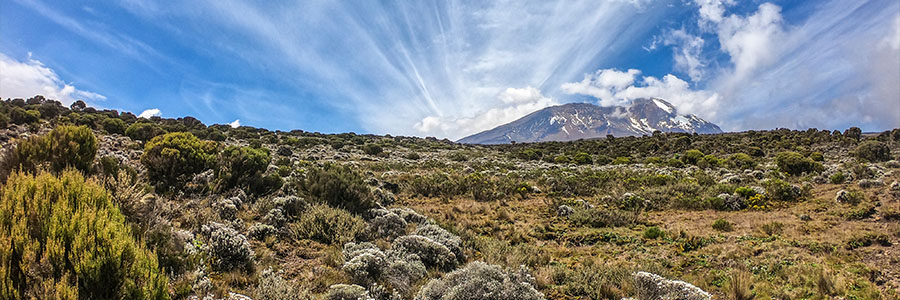
2. Moorland Zone (2,700m – 3,720m)
The forest gives way to heather and shrubs. The trail opens up with sweeping views, cooler temperatures, and fewer trees.
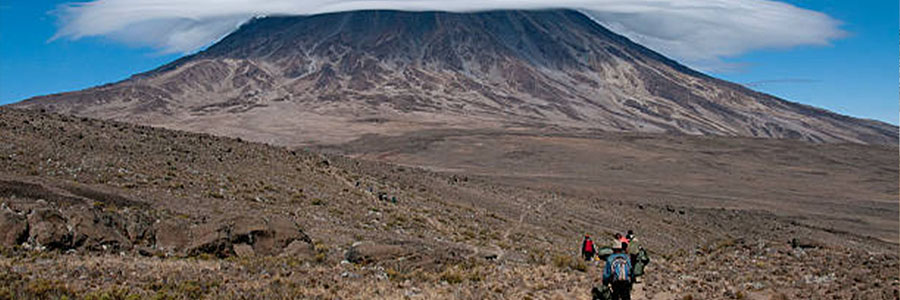
3. Alpine Desert (3,720m – 4,700m)
Sparse vegetation, dusty paths, and powerful winds. This desert zone is hauntingly beautiful and marks the start of the summit push.

4. Glacial Summit Zone (4,700m – 5,895m)
As you ascend to the summit in the early hours, expect strong winds, frigid air, and views of the Southern Icefield and the crater rim.
Preparing for Your Kilimanjaro Trek
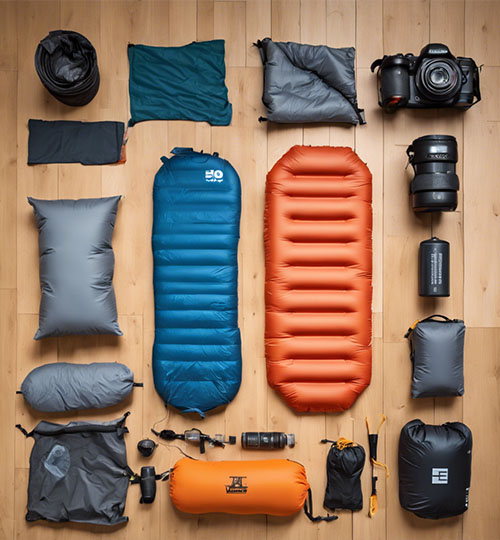
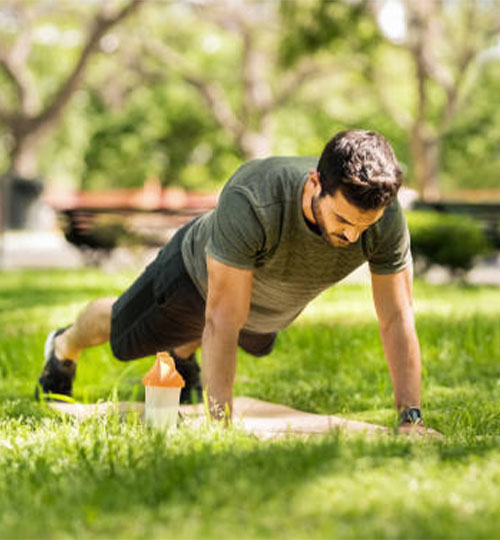
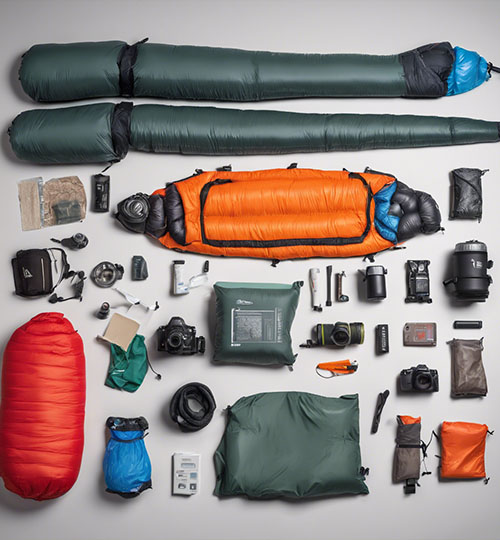

Fitness Tips:
• Start training 6–8 weeks before the trek
• Focus on long walks, uphill hikes, and strength training
• Practice with a small backpack and hiking shoes
Packing Essentials:
• Broken-in hiking boots, thermal layers, waterproof jacket
• Beanie, gloves, headlamp
• Reusable water bottles, sunblock, trekking poles
Why Trek With Us?
- 10+ Years of Local Expertise
- Small Groups = Personalized Attention
- Ethical Tourism = Fair Wages for Porters
- Safety First = Altitude checks & professional support
- Local Impact = A portion of proceeds supports education programs in Kilimanjaro region
Ready to Climb Kilimanjaro the Comfortable Way?
Fill out our Inquiry Form to get started or schedule a free consultation with our Kilimanjaro trekking experts.
Frequently Asked Questions
What are the pros of climbing the Marangu Route?
The advantages of the Marangu Route include:
- Comfortable hut accommodations
- Gradual slopes, making it easier to climb
- Suitability for beginners with reasonable physical fitness
How long does the Marangu Route take?
The Marangu Route can be completed in 5 days, but a 6-day itinerary is strongly recommended. The additional day allows climbers to acclimatize better and increases their chances of reaching the summit.
How does the Marangu Route help with acclimatization?
On the Marangu Route, the 6-day option includes an extra day at Horombo Hut, where climbers can hike to the nearby Mawenzi Crater. This extra day significantly aids in acclimatization, improving summit success rates.
Is the Marangu Route difficult?
The Marangu Route is considered easier than other routes due to its hut accommodations and gradual slopes, making it suitable for beginners with good physical fitness. However, the 5-day option presents challenges due to the rapid ascent and limited acclimatization time.
What are the summit success rates on the Marangu Route?
The 5-day Marangu Route has a relatively low summit success rate of around 30%, while the 6-day option boasts a significantly higher success rate of approximately 70%.
Is the 5-day option of the Marangu Route better for experienced climbers?
For climbers with less experience, the 6-day option on the Marangu Route is highly recommended to improve acclimatization and increase the likelihood of reaching the summit. The 5-day option is more challenging due to the rapid ascent and limited acclimatization time.
What are the cons of climbing the Marangu Route?
The Marangu Route has some drawbacks:
- Shorter acclimatization time, especially on the 5-day option
- Lower summit success rates associated with rapid ascent
- Same path for ascent and descent, which can make it less scenic
- Increased crowding due to its popularity
What should I expect on the Marangu Route climb?
When climbing the Marangu Route, expect a gradual ascent that facilitates acclimatization. The summit day begins at midnight, allowing climbers to reach the summit at sunrise, with the summit day being the most strenuous part of the climb.
What types of accommodation are available on the Marangu Route?
The Marangu Route is unique for its hut accommodations rather than camping. The huts are equipped with bunk beds, communal eating rooms, and basic bathrooms. It’s essential to bring your own sleeping bag, as mattresses and blankets are provided.
How long is the Marangu Route in distance?
The total distance of the Marangu Route is approximately 82 kilometers (50 miles)

